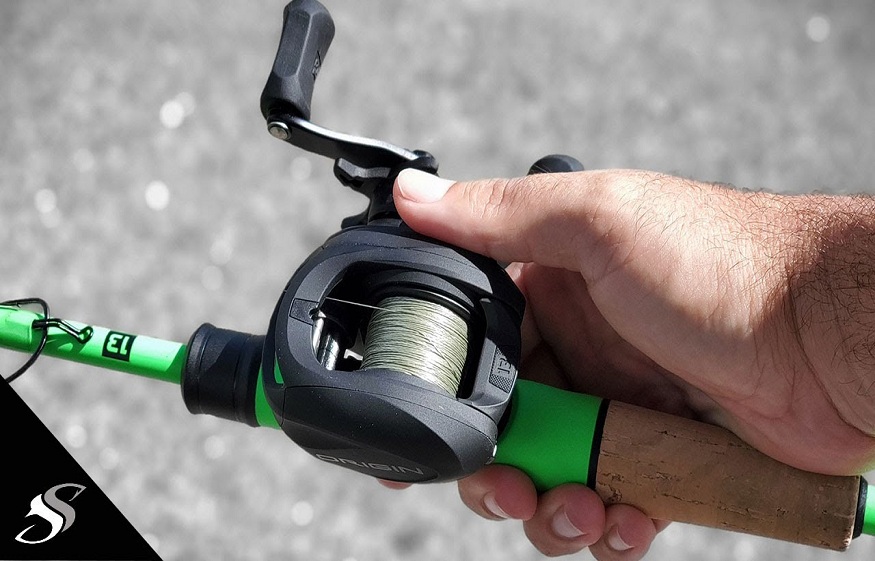More and more machinery is being produced in recent times,to match the first pacing world where ease and time-saving are priorities.A very vital part of the machinery is the bearings that it contains, and NSK has taken upon itself to provide for this purpose a vast range of vong bi NSK to suit the needs of different kinds of machinery. You will be surprised to know that bearings are well pervaded throughout usage, as every machine available around you in day to day lifestyles, bearings are a vital aspect.
How does vong bi nsk work?
They work actively on exponentially smoothing out the process and functioning. They areused for a wide range of actions around us that we fail to acknowledge, from all forms of transport, be itplanes or trains, to machinery found in a dailyhousehold, from washing machines to air conditioners. It isn’t much of a surprise that what has a place in an as mundane setting like an office is also somewhere present outside the earth, working for a smoother functioning in satellites. The reason for their widespread influence all over the machinery world being their properties, majorly, the amount of energy they save. Although not visible, they are a key part of any machinery to ensure that the machinery gives the best performance that it is capable of. The main function that bearings carry out is bearing the axles’ weight and reducing a considerable amount of friction.
Parts of a vong bi NSK
The types of bearings available at NSK are greatly varied, the most basic being the rolling bearing. These are further classified into ball bearings and roller bearings, made up by putting up four parts together; on a very basic backbone, the four parts include the outer ring, which is the larger among the two, and an inner ring, which is smaller, there are rolling parts to it as well, that are placed in between the spaces formed when putting the inner and outer race together, the final part is the cage which is designed to hold the rolling parts into place, this ensures that these bearings to the main job of keeping the friction to a minimum level, which would consecutively lead to a smoother functioning of the machine, and longevity in the life span of the machinery due to reduced friction, also, the amount of force on the machine will be brought down to a low dose meaning a much-lowered energy consumption.









